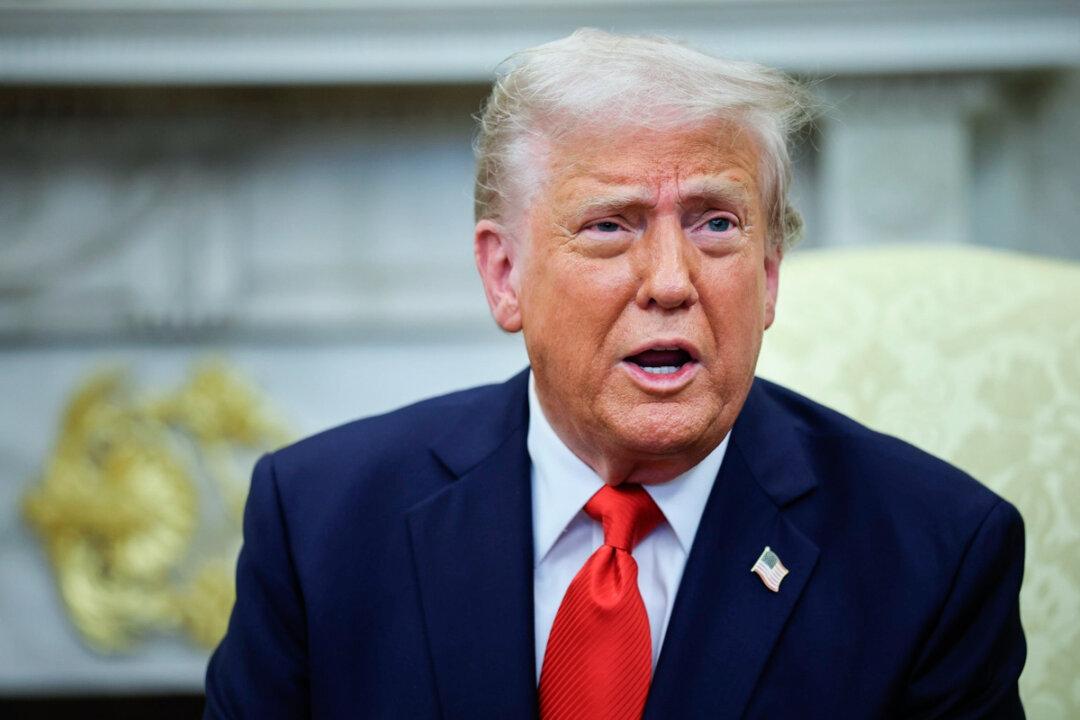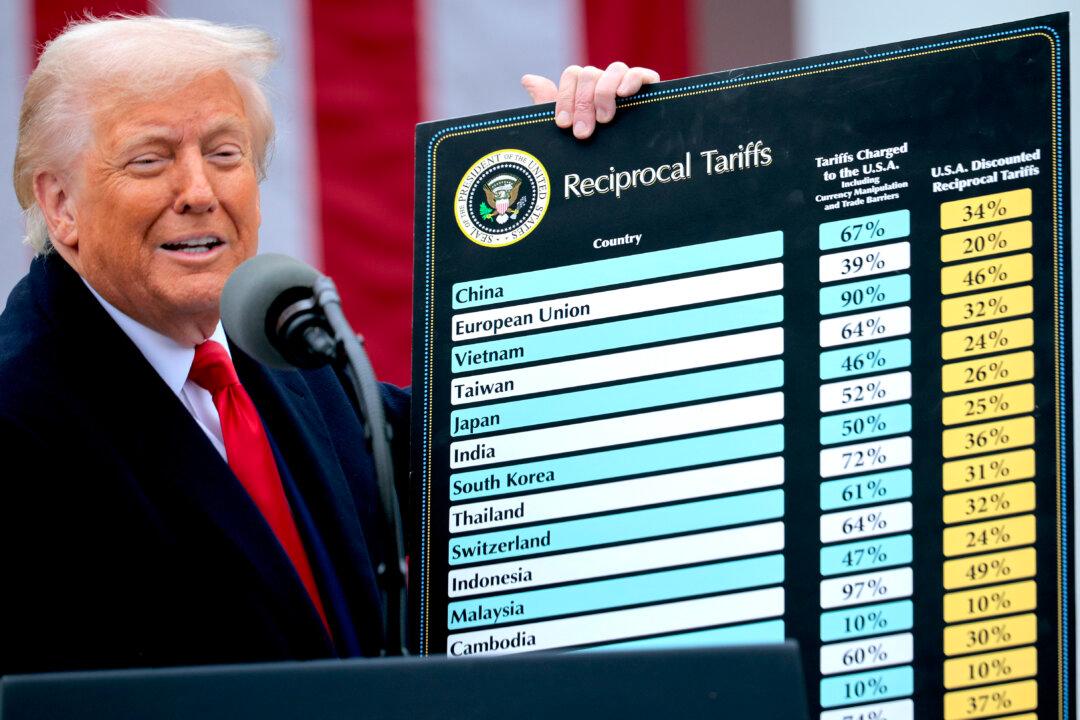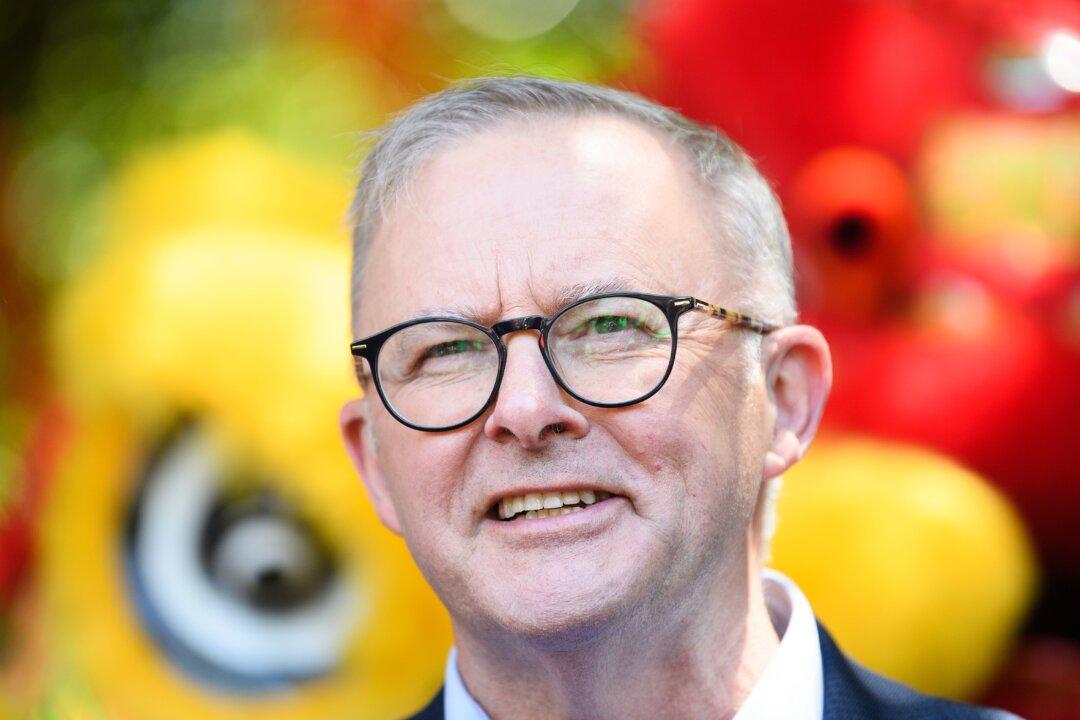The United States remains in first place as the largest source for investment in Australia, followed by Canada, Singapore, Japan, and China in fifth.
The annual report, published on May 4, showed a decrease of Chinese investment from $23.7 billion (USD $15.5 billion) in the 2017-18 financial year, to $13.1 billion (USD $8.5 billion) in 2018-19.
Treasurer Josh Frydenberg wrote in the report that this continued a four-year downward trend that started in 2015-16.
“This can be attributed to a range of factors such as China’s internal domestic policy settings including increased scrutiny of outbound investment and stricter capital controls,” he wrote.

As a result, Chinese investment globally saw a year-on-year decline of 30 percent during 2017-18, according to data from the Organisation for Economic Co-operation and Development.
Overall, Australia saw a lift in the total value of proposed investment applications increasing from $67.9 billion (US$44.4 billion) to $231 billion (USD $151.3 billion).
The United States consolidated its top spot with approval values rising from $36.5 billion to $58.2 billion over the past financial year. Much of the increase was attributed to Walt Disney Company’s acquisition of Twenty-First Century Fox Inc.

Categories of growth include the services sector ($76 billion), commercial real estate ($73 billion), and manufacturing, electricity, and gas ($36.7 billion).
Foreign Investment Must Be in the National Interest
David Irvine, Chair of the FIRB, wrote in the report that the board would continue scrutinising foreign investment in sensitive assets such as “critical infrastructure” and assets with “large holdings of personal information.”Irvine highlighted the importance of foreign investment in the rare earth mineral sector, but the investment could not be “contrary to the national interest.”

Residential Real Estate Applications Declining, Victoria Still Popular
The report showed that foreign demand for residential real estate has been slowing. In 2017-18, the number of applications was at 10,036 declining to 7,513 in the latest report.The report highlighted several reasons for this decline including foreign investment application fees, stamp duty increases, state taxes, tightening of domestic credit from lenders, and “increased restrictions on capital transfers in home countries.”
For Chinese buyers, real estate remained the major channel for investment into Australia, however, there was still a drop from last year going from $12.6 billion to $6 billion this year.
Victoria recorded the highest number of approved foreign investment applications at 42 percent, followed by New South Wales and Queensland at 18 percent apiece.

China’s Overseas Shopping Spree Slowdown
In 2017, China’s total foreign investment was US$158.29 billion, only behind the United States and Japan, according to the Statistical Bulletin of China’s Outward Foreign Direct Investment, issued by China’s Ministry of Commerce.This widespread buying activity caused China’s foreign exchange reserves to drop dramatically, as most of the funding came from Chinese banks.
The Chinese regime responded by clamping down on capital flowing overseas to fund these purchases. This had a flow-on effect across the world, causing real estate prices to drop, notably in international centres popular with Chinese buyers such as New York City, Sydney, and Melbourne.





